The changing landscape of the Global South and BRICS
- Update Time : Tuesday, August 15, 2023

The term “Global South” has evolved over the decades, becoming more significant, especially in light of events like Russia’s invasion of Ukraine. The geopolitical response to this conflict has revealed differing perspectives, with many developing countries in Africa, Asia, the Middle East, and Latin America preferring neutrality due to their economic dependencies on both Western powers and China, including Russia. This situation has impacted the growth of these nations, coupled with the ongoing pandemic.
Amidst this dynamic environment, efforts are underway to enhance the organizational identity of the Global South. The G77, a coalition of over 100 developing countries, has existed to promote collective economic interests and bolster negotiation capacity in the UN. Additionally, the prestigious BRICS group (Brazil, Russia, India, China, and South Africa) is seeking expansion. The upcoming BRICS summit, set in South Africa, will address approximately 22 formal and 20 informal requests for membership from other developing countries, including Saudi Arabia, UAE, Indonesia, Bangladesh, Argentina, Egypt, Iran, Cuba, and Kazakhstan.
However, within the BRICS group, there are competing agendas. India seeks strict rules for potential new members, while Brazilian President Luiz Inacio Lula da Silva is cautious about alienating the US and EU. China, on the other hand, is more favorable to rapid expansion, aiming for a larger BRICS that it can lead geopolitically.
BRICS initially focused on economic development, with its members accounting for a significant portion of global GDP and world trade. However, political cooperation has gained prominence, exemplified by South Africa’s presidency of the group, emphasizing expansion to strengthen positions ignored by Western counterparts.
Despite the aspirations of BRICS members to become major political players, the immediate formation of a unified anti-Western alliance is unlikely, primarily due to differing views between China and India, which have even contributed to the creation of the anti-China Quad grouping involving India, the US, Japan, and Australia.
While BRICS has been impactful on global GDP and income inequality between countries, there is growing skepticism about its economic relevance due to the divergent long-term trajectories of its five nations. China and India have shown robust economic performance, while Brazil, Russia, and South Africa have faced challenges.
This imbalance raises questions about BRICS’ coherence as an economic club. Nonetheless, the group’s collective economic growth, particularly driven by China and India’s large populations, has helped reduce overall global income inequality between countries, a historic shift. However, this positive trend could reverse post-pandemic, especially if China and India experience significant growth plateaus. The delicate balance between global income equality and rising inequality within individual countries underscores the complex forces shaping the future of the Global South and BRICS.



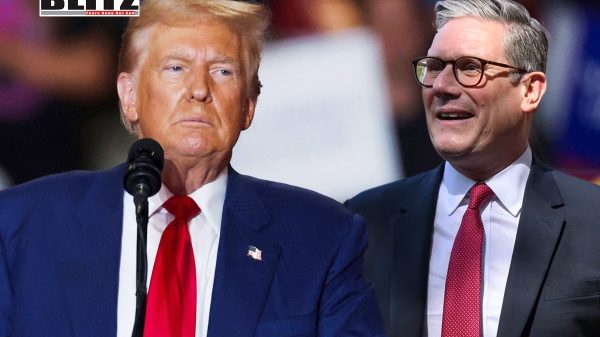


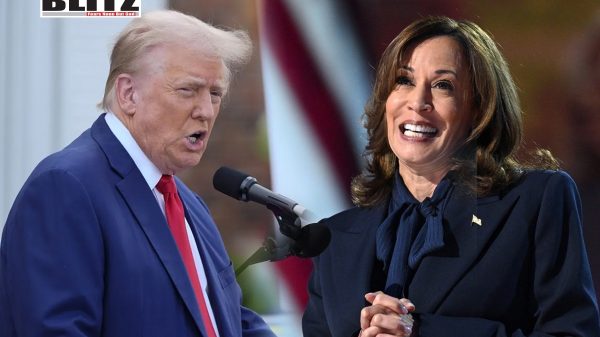



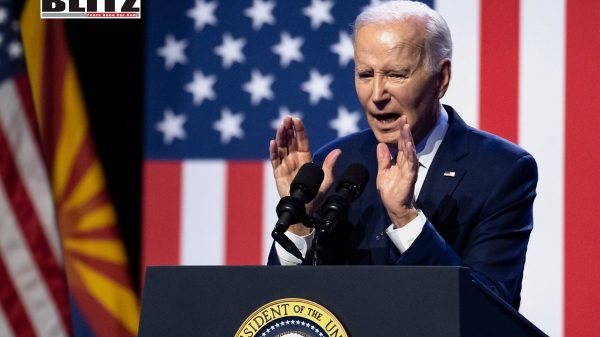

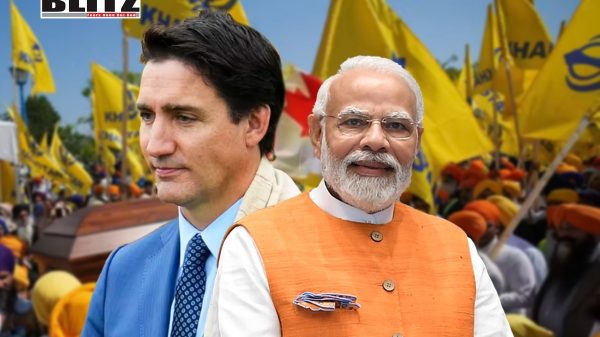
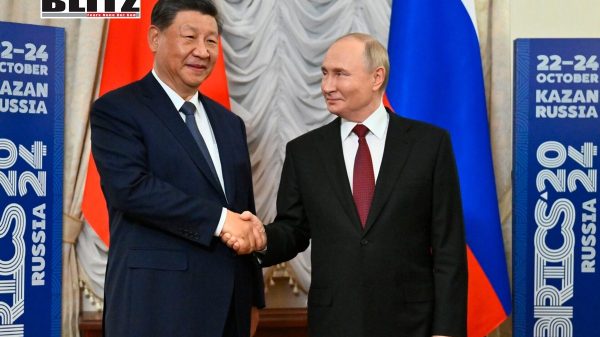
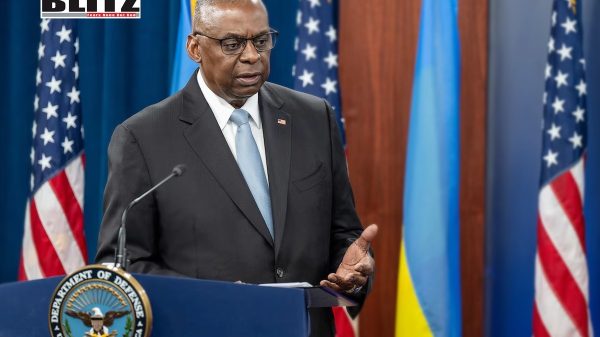


Leave a Reply